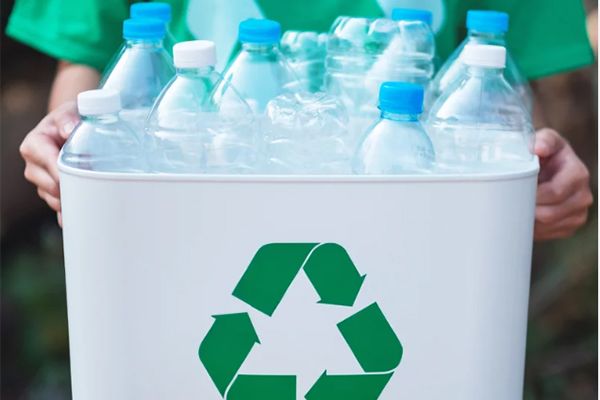Food Grade Plastics: Choosing Safe Materials for Packaging

What Are Food Grade Plastics?
Food grade plastics are materials that meet strict safety and hygiene standards for food contact. These plastics are designed to ensure that they do not contaminate or pose any health risk to the food they come into contact with. Food grade plastics play a vital role in the food industry and are used for packaging, transportation and storage of food to ensure the taste and quality of food. In addition, food grade plastics adhere to specific safety regulations, are free of harmful ingredients such as BPA, remain stable when in contact with a variety of food products, and are often transparent, allowing food to be clearly visible.
Food Grade Plastics Used in Packaging
Let’s examine the five most common thermoplastics employed in food packaging:
Polyethylene Terephthalate (PET):
-
- PET is a transparent, lightweight polymer that repels microorganisms, remains resistant to degradation or corrosion, and is cost-effective. Remarkably, PET can be used both in its recycled form and as a virgin material.
- It finds frequent use in single-serve bottles for beverages like juice, water, or soda, as well as lightweight jars for honey, peanut butter, and jelly.
High-Density Polyethylene (HDPE):
-
- HDPE is a robust polymer known for its exceptional scratch and impact resistance.
- Its lightweight nature, ease of molding, and shaping make it a preferred choice for food-grade applications such as milk jugs, yogurt containers, and food storage containers.
Low-Density Polyethylene (LDPE):
-
- LDPE is highly resilient and flexible, with resistance to acidic and alkaline substances.
- Even in its thinnest film form, it remains durable, making it ideal for applications like shrink wrap, bread bags, produce bags, and grocery bags.
Polypropylene (PP):
-
- PP combines durability, flexibility, and chemical resistance. While rigid, it avoids brittleness, reducing the risk of cracking or breaking.
- Commonly used as an alternative to HDPE, polypropylene is well-suited for yogurt and dairy containers, and its high melting point makes it suitable for microwavable meal packaging.
Polystyrene:
-
- Polystyrene serves multiple purposes, including its use as a lightweight, insulating foam material for hot beverages and takeout containers. In its more rigid form, it’s employed for plastic cutlery, clear plates, bowls, and food containers.
- Polystyrene is strong in compression, providing protection against crushing or impact while remaining cost-effective and lightweight.
Selecting Food Grade Plastics for Other Uses
Apart from food safe plastics utilized in packaging, it’s equally important to consider other materials requiring food safety assurance. This extends to items like refrigerator liners, small appliances, and food transportation containers.
When considering these food grade plastics for diverse applications, the emphasis remains on ensuring safety, durability, and suitability, thereby maintaining food safety standards across various non-packaging items. These types of plastics include:
Acrylonitrile Butadiene Styrene (ABS):
-
- ABS is not employed in packaging but finds use in lining freezers and refrigerators.
- Its exceptional resistance to impact, abrasion, and low temperatures makes it an ideal choice for these applications, as well as for crafting insulating containers utilized in food transport.
Acrylic:
-
- Acrylic serves as an excellent glass substitute, offering a lower cost, lighter weight, and enhanced impact resistance.
- This material is frequently used for items such as mixing bowls, blender pitchers, and cooking utensils.
Polycarbonate:
-
- Polycarbonate stands as another glass alternative, boasting remarkable clarity along with resistance to impact and scratching.
- Polycarbonate may also be employed in small appliances, reusable water bottles, and hospital trays.
Choosing the Right Food Grade Plastic for Your Packaging
When it comes to product packaging, choosing the right food grade plastic is crucial. These plastics are carefully screened to ensure that they do not release harmful substances when in contact with food, thereby maintaining food safety and quality. Correctly selected food grade plastics can not only extend the shelf life of food and maintain its freshness, but also protect it from damage by external factors.
Sungplastic is an experienced injection molding company that provides thermoforming, injection molding, blow molding and other services. We can assist you with all aspects of product design, finished product assembly, and transportation. If you have needs for customized plastic products or food-grade packaging, Sungplastic will be your best partner. Please contact us today and let us provide you with a quote.
Get a free quote and design analysis today.
We’ll reply to you within 6 working hours.
We respect your privacy.
+86 139 2927 4777 (WhatsApp, Wechat)
